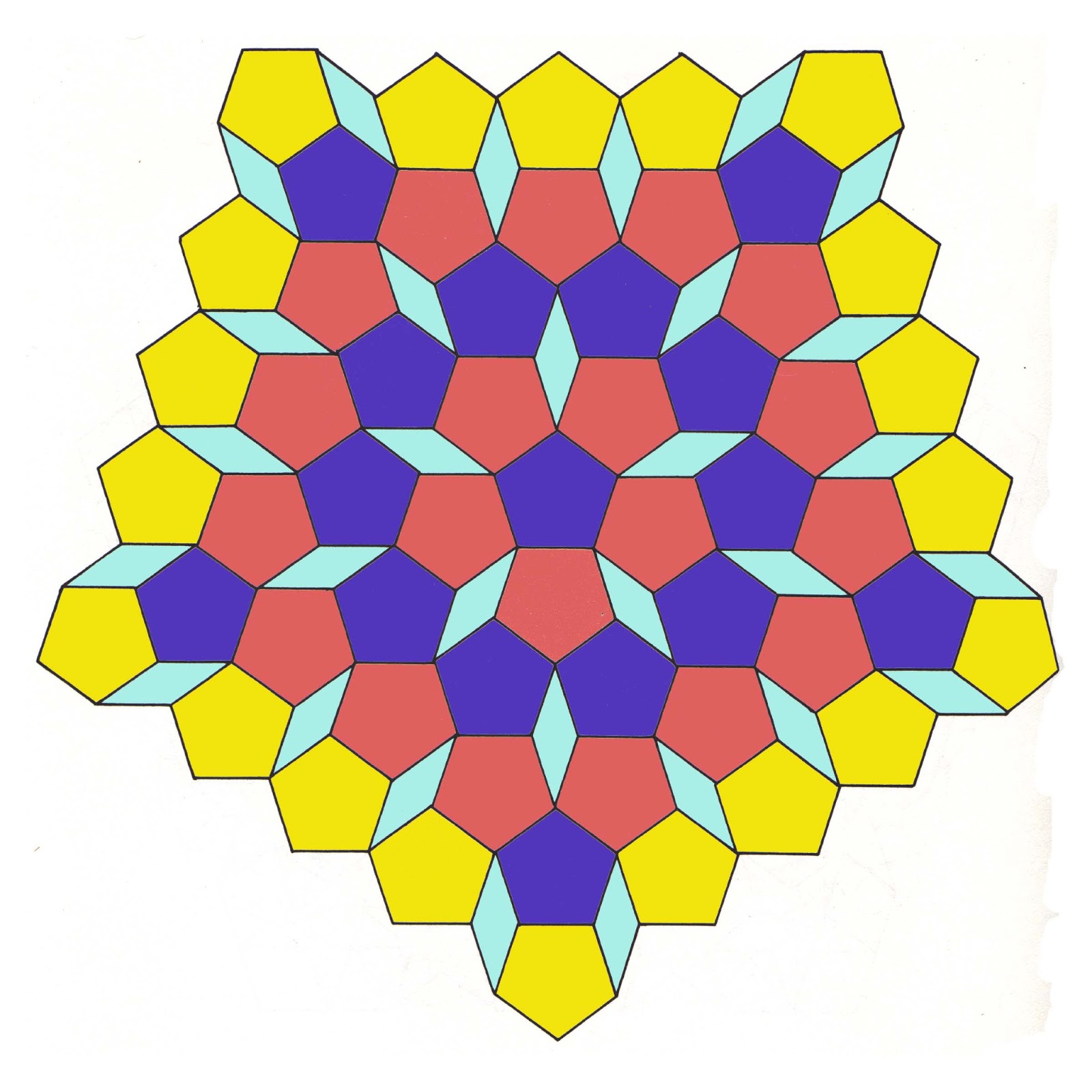

I’ve also done it using construction paper. Escher, while others simply color in the shapes. They determine this by tessellating their shapes (tracing them) on paper. It’s not unusual for students to create two or three shapes to see which one they like best. The one underneath is a rotating tessellation.
MATH TESSELLATION HOW TO
The example below shows how to have students cut and slide/rotate their pieces depending on the type of tessellation they want to create. The second tessellation is a rotating tessellation. (Using cardstock/tagboard makes it easier for students to trace.) We explained to the students with some detail that a tessellation is a repeating pattern with no gaps that infinitely covers a space. This results in a slide tessellation, the easiest of the two types of tessellations. We do that again on the other side to create our tessellating shapes. The key is understanding that there are 360 degrees in a circle.įrom there, I show students how to take a 3″ x 3″ cardstock square and cut each side corner to corner, slide it to the other side and tape. Then, I have students determine the angle measurement of each of the pattern block angles. Examples: Rectangles Octagons and Squares Different Pentagons Regular Tessellations A regular tessellation is a pattern made by repeating a regular polygon. Using pattern blocks, I show students how shapes tessellate. Tessellation A pattern of shapes that fit perfectly together A Tessellation (or Tiling) is when we cover a surface with a pattern of flat shapes so that there are no overlaps or gaps. It’s all about tessellating shapes and angles.

That’s because we’re going to tie math and art together through modifying polygons similar to how M.C. Escher! I have a whole book on his work and love to share it with my students when we’re studying angle measurement.


 0 kommentar(er)
0 kommentar(er)
